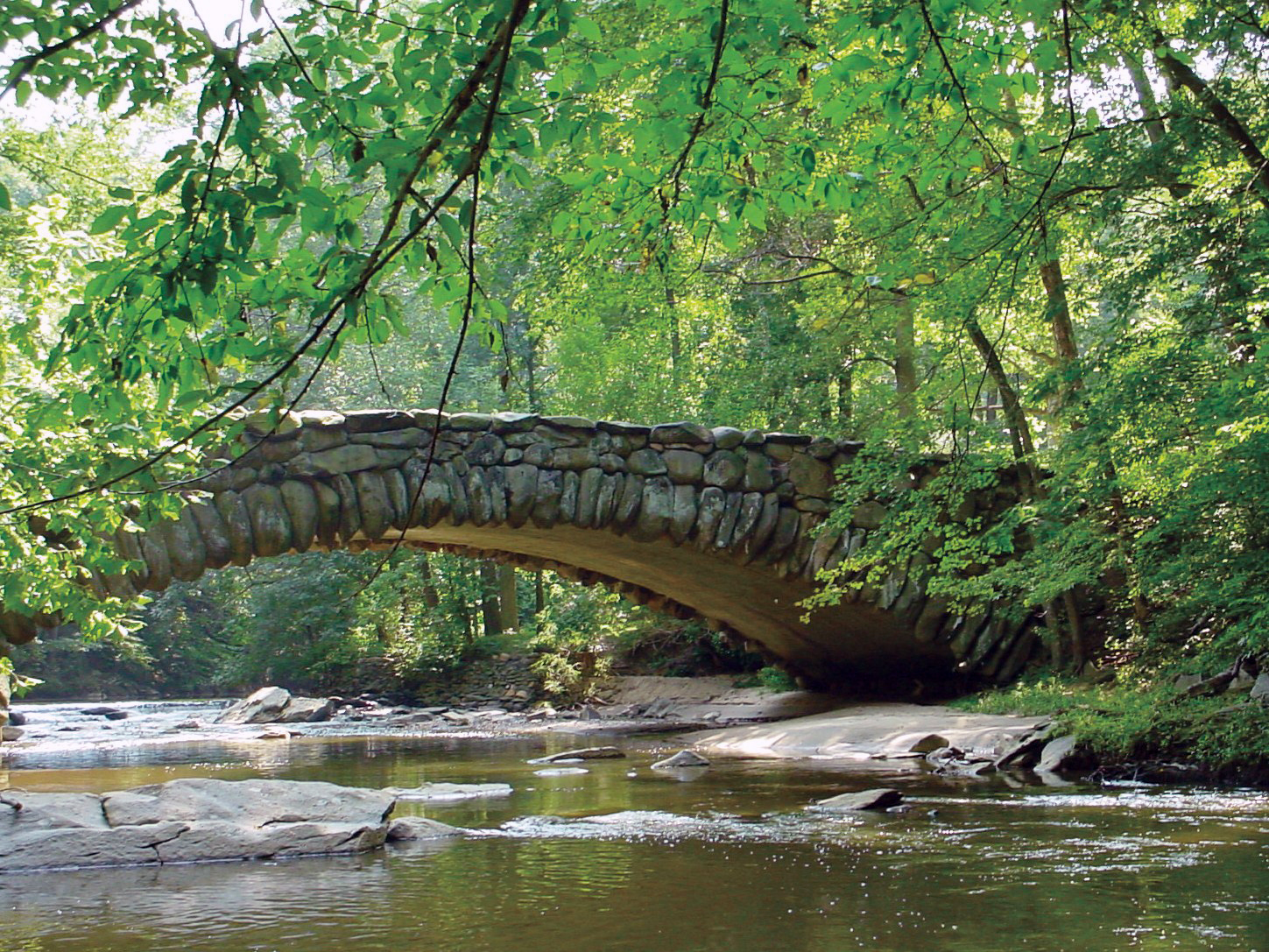After finding juvenile American Chestnuts during a hike with my dad, I discovered the historical journey and possible future of the American Chestnut.
The rise, fall, and resurrection of the American Chestnut
Last summer I went on a walk on the Appalachian Trail with my Dad, who works in Trail Maintenance, to find juvenile American Chestnuts untouched by the blight. This tree is such an important part of my Appalachian heritage. My curiosity was piqued and I wanted to know more. How important is this keystone species? Why are these small saplings surviving in the face of the blight? Will there be a return of the American Chestnut in the future?
The American Chestnut was once a keystone species for much of the eastern United States. It was a food and economic resource that was wiped out by a fungal blight. The efforts to save the chestnut initially failed and the species became more rare. The importance of this species led to extensive genetic research and efforts to find resistance to the blight. Through years of diligent work researchers at SUNY ESF are now able to successfully genetically alter the trees to be blight resistant.






















